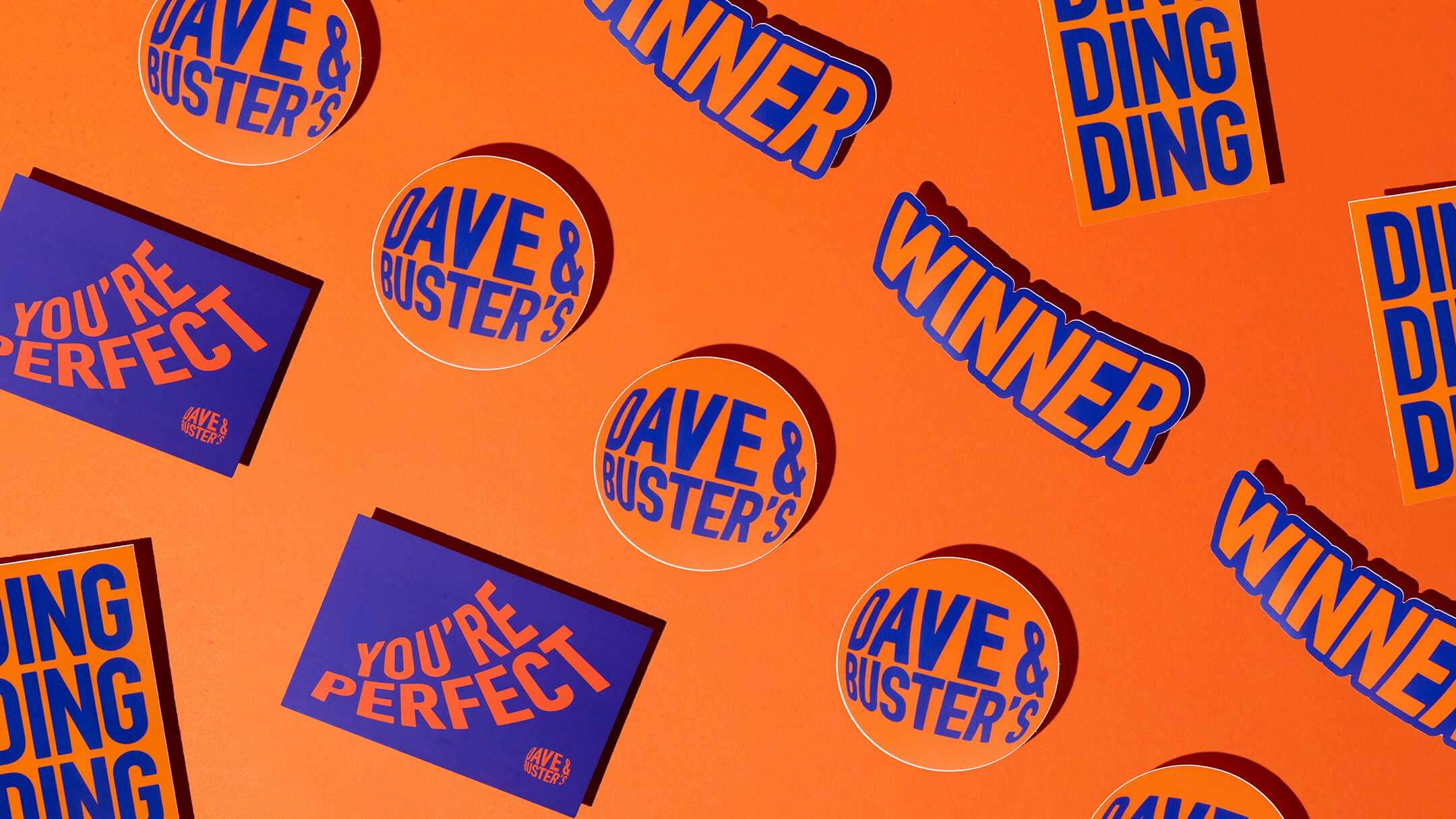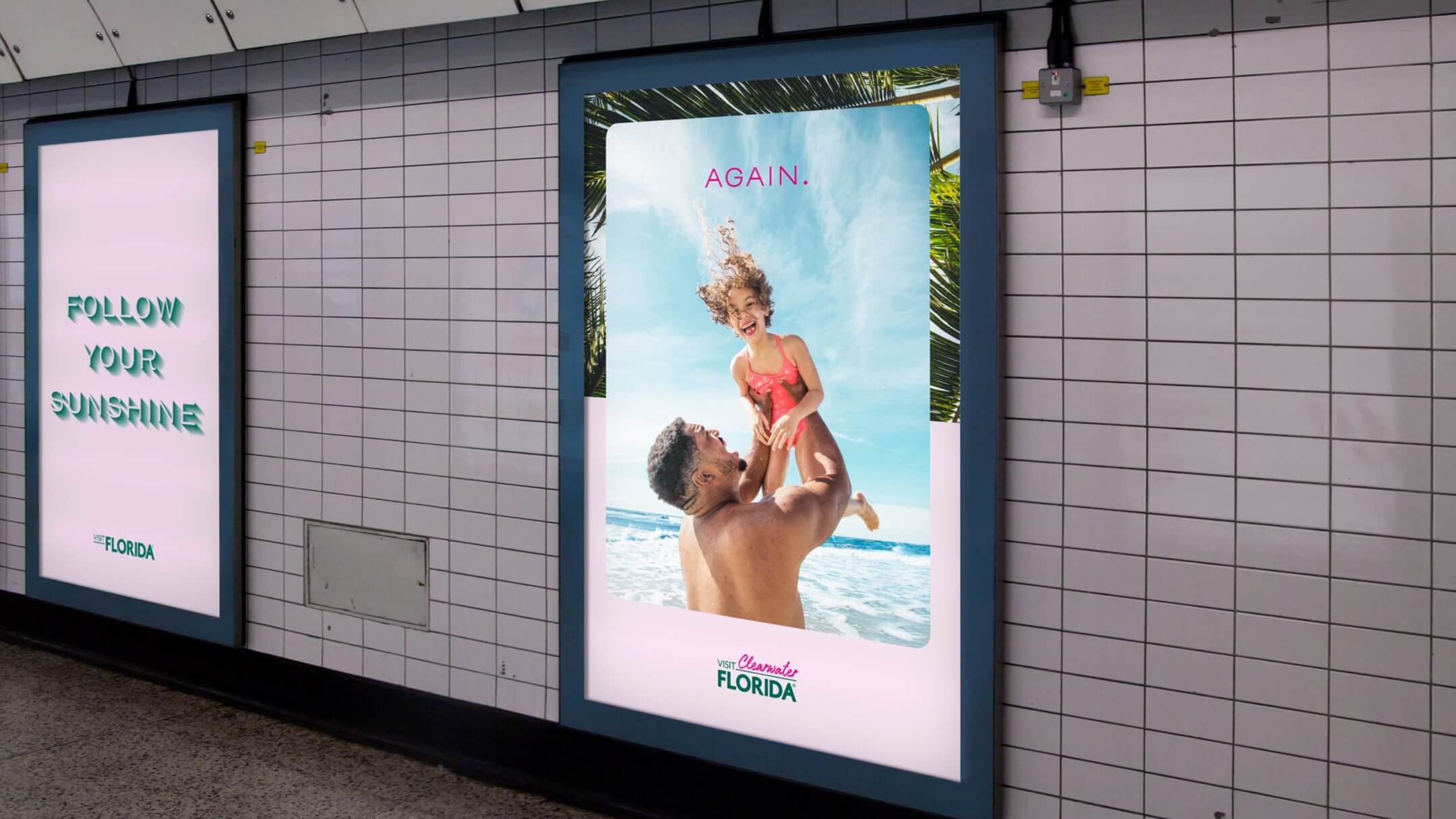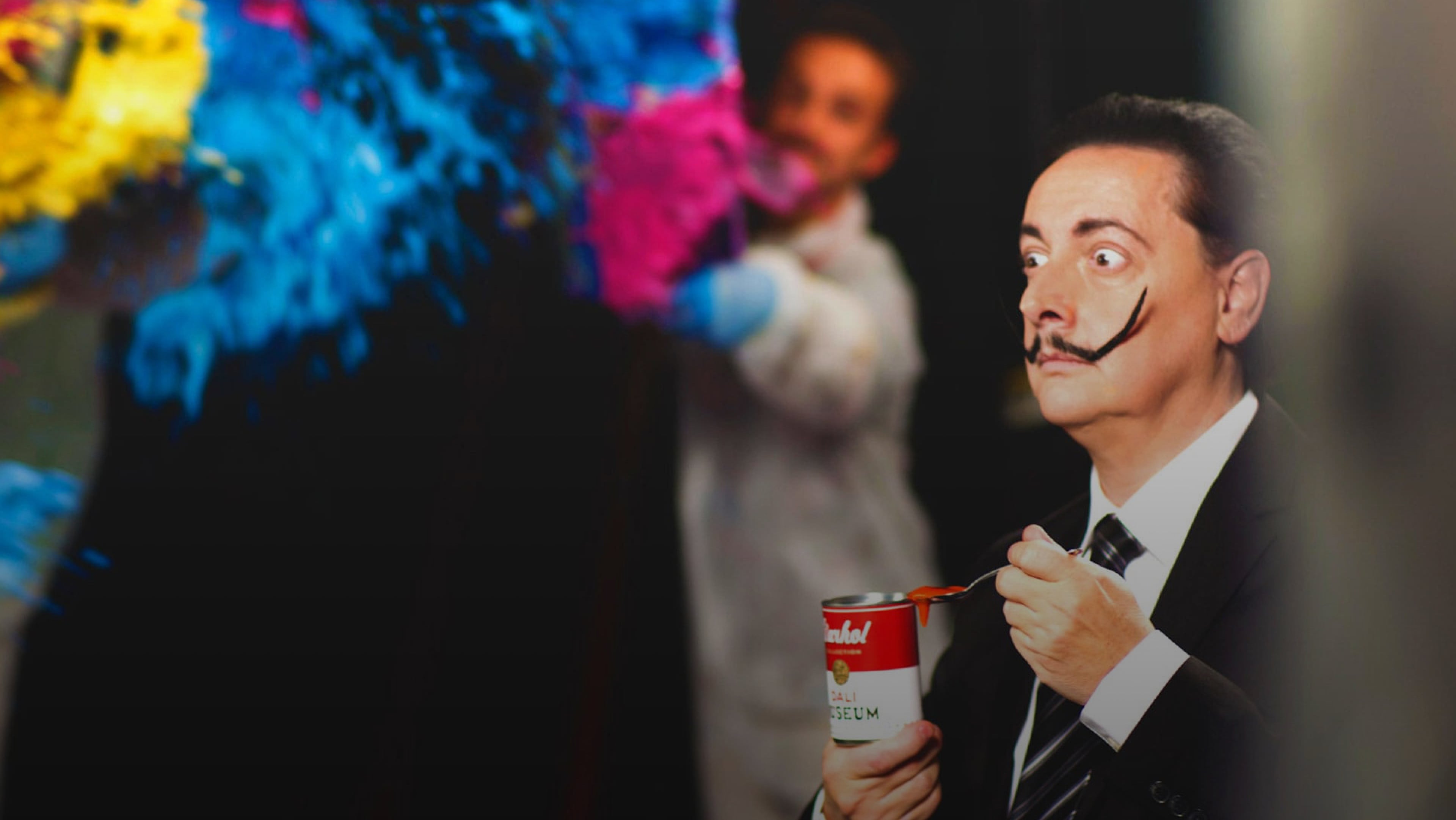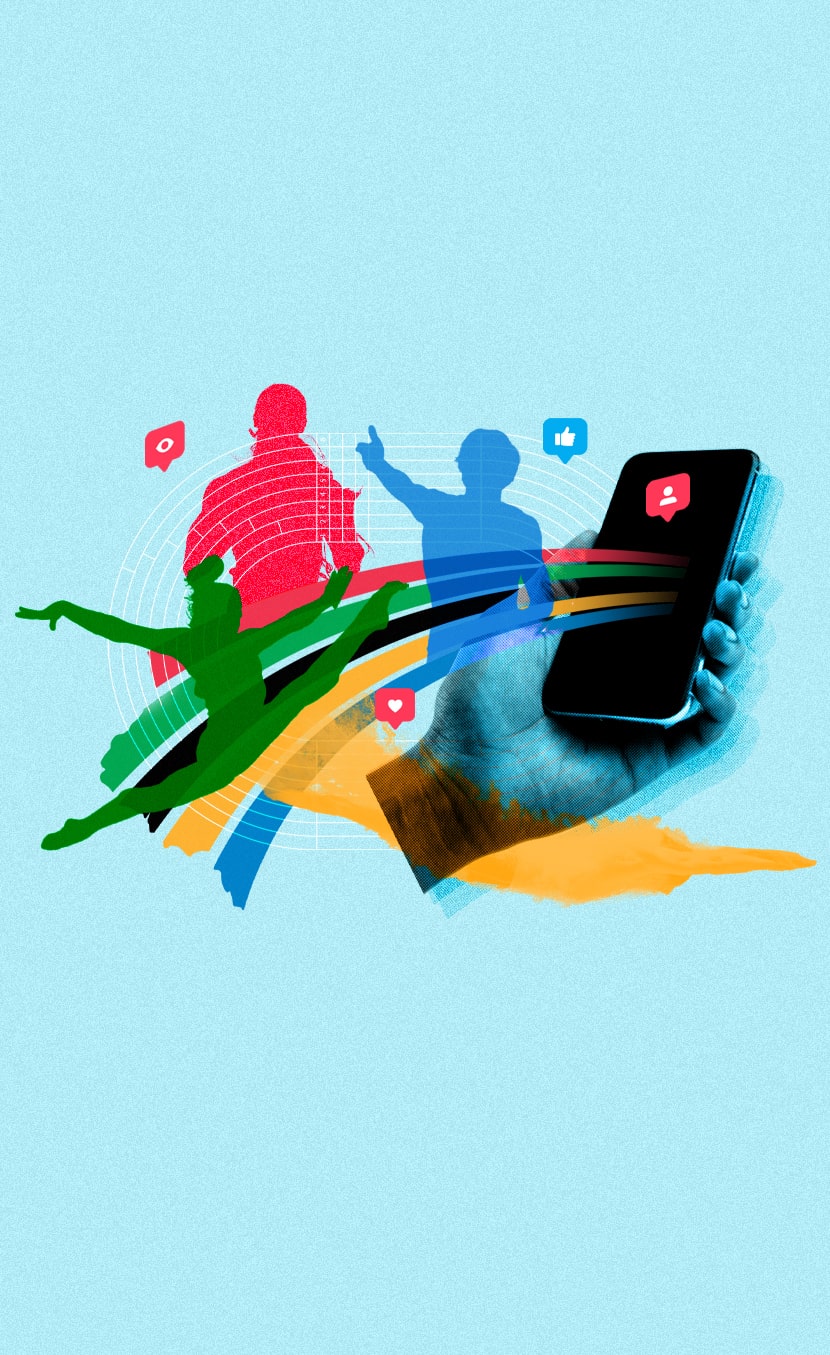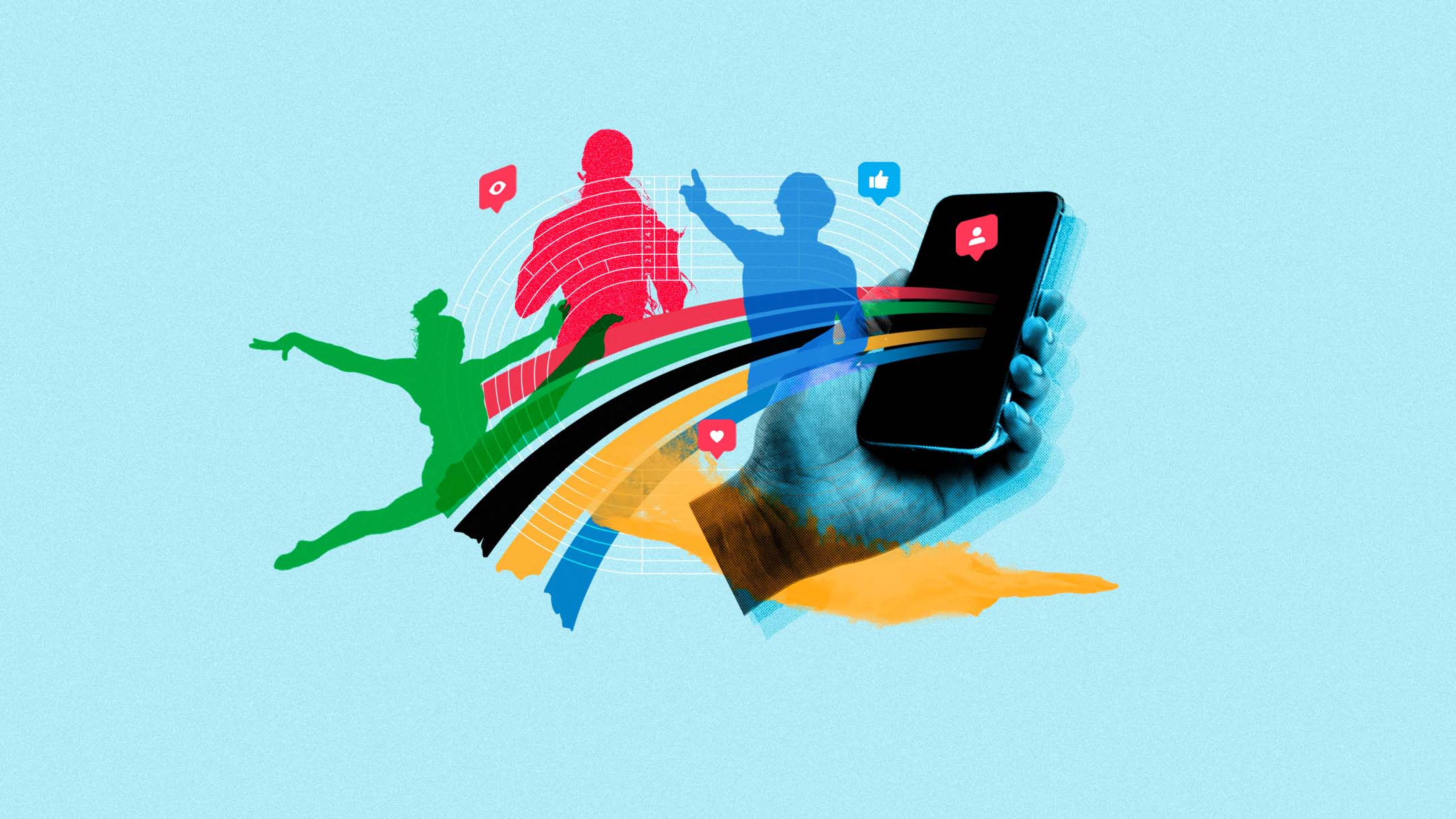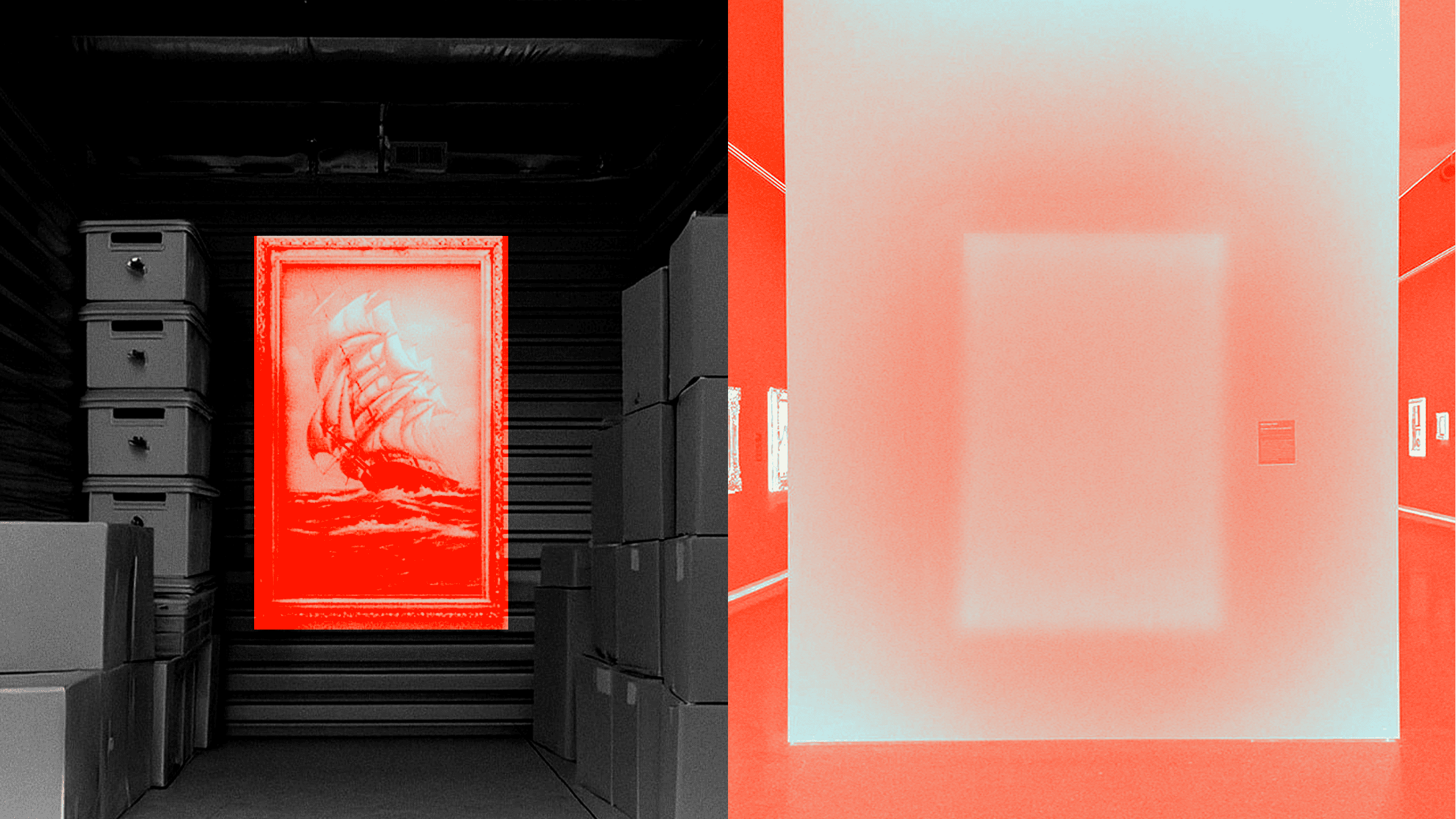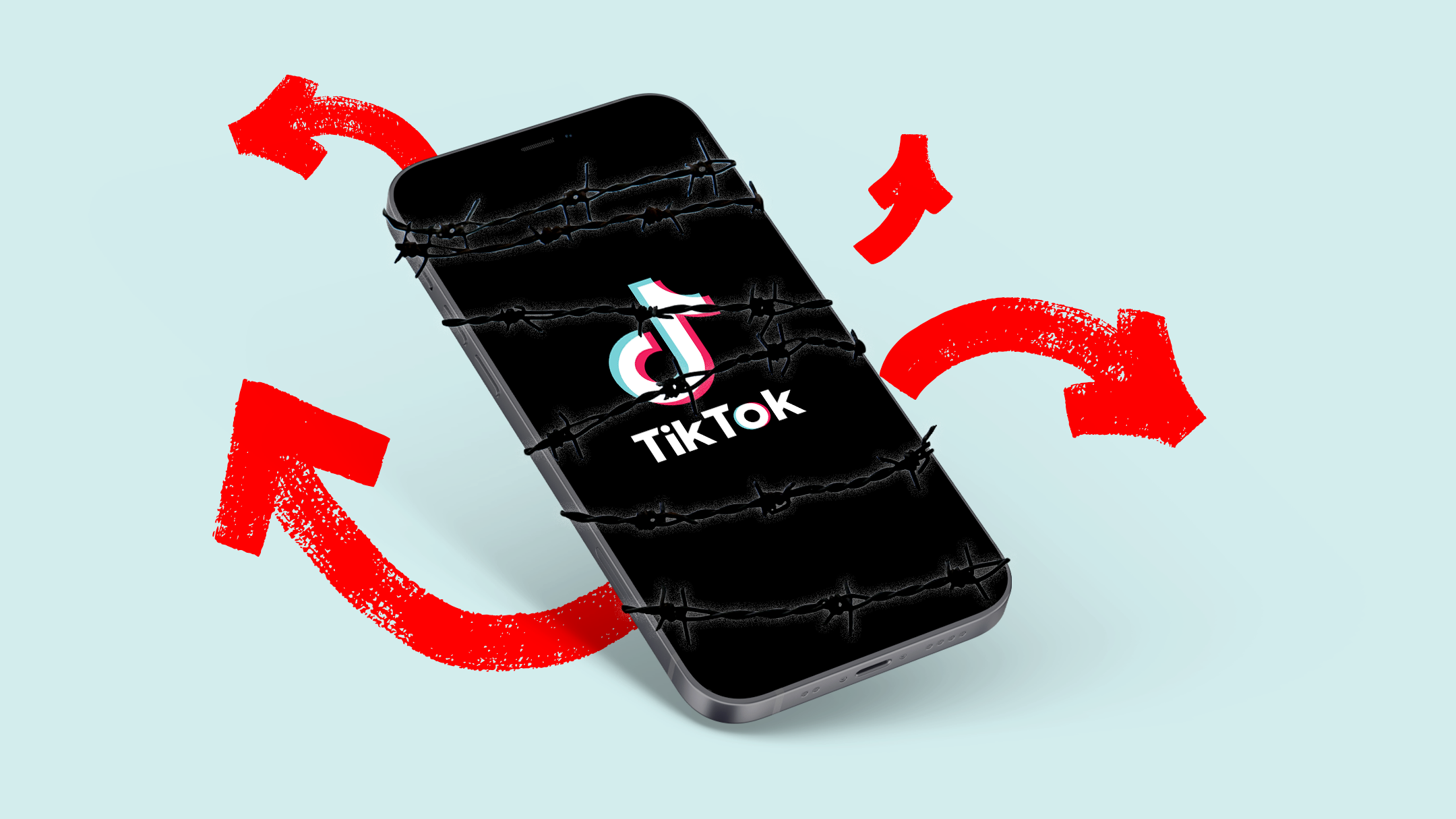The Olympic Games in the Age of UGC: A New Era of Global Engagement and Celebrity
The Olympic Games have always been a global spectacle, with billions tuning in to watch the world’s greatest athletes compete. The recent Paris 2024 Games marked a significant shift in how these events are experienced, driven by the explosion of User-Generated Content (UGC). As we now are experiencing the Paralympic Games in Paris, we can explore how this shift has changed how viewers engage with the Games and what it means to be an Olympic celebrity.
The Rise of Athlete-Created Content
Historically, Olympic coverage was a one-way communication channel dominated by networks like NBC or the BBC, which dictated what audiences saw. While this approach was practical, it also created a distance between athletes and fans. The introduction of UGC, however, has bridged this gap. Athletes now control their narratives, sharing everything from training routines and personal moments to behind-the-scenes content that would otherwise remain unseen. Platforms like TikTok and Instagram have become the new arenas where athletes can showcase their personalities and advocacies, creating a more intimate connection with fans.
For instance, Ilona Maher, a US rugby sevens player, became one of the breakout stars of the Games, not just for her performance on the field but for her engaging and often humorous TikTok videos. Her content, which provided a glimpse into the life of an Olympian, resonated with millions, catapulting her into global fame. However, her bold and loud advocacy for body positivity made her content stand out. She used her platform to showcase who she was as a person. She recognized the world stage as an opportunity to push back against toxic expectations of females and celebrate the beauty in strength that comes in packages of all sizes. This kind of direct interaction with fans was unprecedented in the history of the Olympics and highlights the power of UGC in creating new sports celebrities.
The Global Reach and Virality of UGC
The virality of UGC has also expanded the Olympics’ reach far beyond traditional audiences. Previously, Olympic viewership was primarily confined to those with access to the official broadcasts. With the proliferation of social media, the Games have become more accessible to a global audience. Short, shareable content from athletes has gone viral, reaching millions who might not have otherwise engaged with the Olympics. This has effectively engaged younger audiences, who consume content primarily through digital platforms.
The statistics speak for themselves. During the Paris 2024 Olympics, Instagram emerged as a dominant platform, with athlete-generated content driving an average of 17,000 interactions per post. TikTok, too, played a crucial role, with content related to the Games amassing billions of views. According to Blinkfire Analytics, Paris 2024 set records for social media engagement, with TikTok content achieving over 2.7 billion views globally, highlighting the platform’s ability to engage younger audiences.
The International Olympic Committee (IOC) recognized this shift and strategically integrated UGC into their “Show Your Best” campaign. By inviting global participation and featuring selected user videos in their official advertisements, the IOC harnessed the power of UGC to create a more inclusive and interactive Olympic experience. The result was a campaign that not only highlighted the athletes’ achievements but also celebrated the diverse talents of people worldwide.
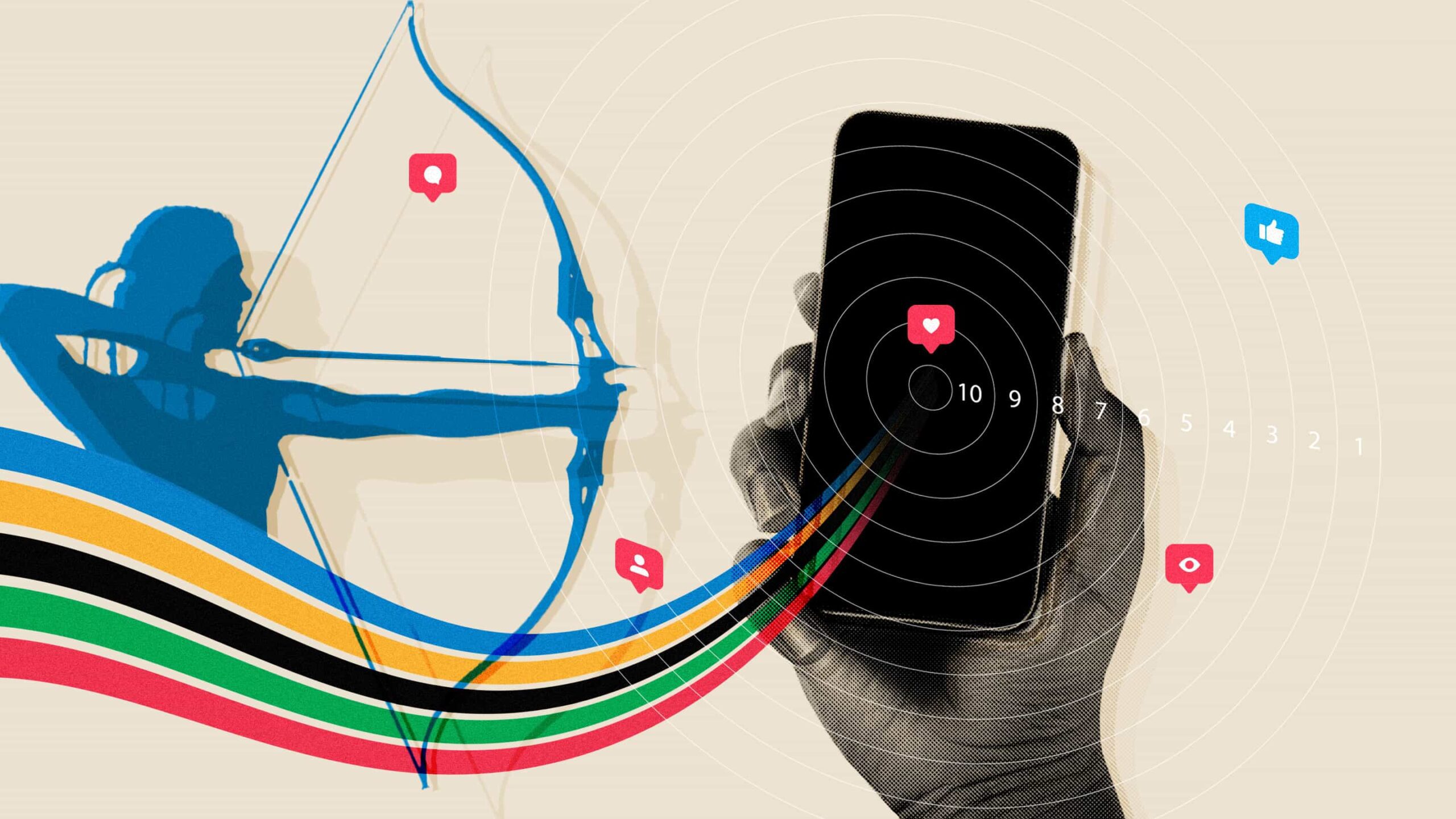
Challenges of UGC in a High-Stakes Event
While UGC has undoubtedly brought many benefits to the Olympics, it is not without its challenges. One of the primary concerns is content oversaturation. The sheer volume of content generated by athletes and fans can overwhelm audiences, leading to a fragmented viewing experience. Compared to professionally produced content, which is carefully curated, UGC can vary widely in quality, making it difficult for viewers to discern the most meaningful content.
The unfiltered nature of UGC can also sometimes lead to controversy. Athletes, in their eagerness to share their experiences, might inadvertently post content that is misinterpreted or deemed inappropriate. This can result in public backlash, which can quickly spiral on social media, affecting the athlete and the overall image of the Games. The challenge for everyone involved with the Games is to strike a balance between freedom of expression and maintaining the integrity of the Olympic brand.
A specific incident during the 2024 Paris Olympics highlighted the risks of unfiltered athlete-generated content. An athlete posted a TikTok video intended to be humorous and lighthearted, showcasing their experiences in Paris. However, some perceived the content as culturally insensitive, sparking a significant outcry on social media. The video quickly went viral, and while it increased the athlete’s visibility, it also brought negative attention, demonstrating the double-edged sword of UGC. This incident illustrates the IOC’s challenge in balancing authentic content creation with maintaining cultural sensitivity and quality control in a global event.
Lessons for Brands in a Fragmented Media Landscape
For brands, the success and challenges of UGC in the Olympics offer valuable lessons. One key takeaway is the importance of embracing the fragmentation of media consumption. The audience is getting fragmented, not just because of social media but also due to how events like the Olympics are delivered to consumers. During the Paris 2024 Games, platforms like Peacock allowed viewers to choose their own adventure, deciding which sports and events to watch. This is a stark contrast to the cable-dominated years, where viewers were limited to what broadcasters chose to air.
Brands that understand athletes and personalities have a draw of their own can use this as an opportunity to bring more humanity to their identity and ethos. Social media is not going away—audiences were so digitally engaged because they preferred the real talk from athletes’ social feeds over the overly edited content produced by the Olympics. A brand like the Olympics, which risks feeling antiquated, was rejuvenated this year because so many athletes were making the Games look cool again.
The integration of UGC into the Olympics has transformed how fans engage with the Games, making the experience more personal, interactive, and accessible. Athletes have become more than just competitors; they are now content creators, influencers, and global celebrities in their own right.
Opportunities for Brands Ahead of the Winter Olympics
As we look ahead to future events, particularly the upcoming Winter Olympics, these lessons will be crucial for brands in navigating the evolving digital landscape. While a global event, the Winter Olympics operates on a much smaller scale than the Summer Games, both in terms of the number of events and the size of the audience it attracts. This smaller scale presents a unique opportunity for brands to engage more deeply with niche audiences who are passionate about winter sports.
Brands can leverage athletes’ authentic voices to create content that resonates on a personal level, especially in sports that might be less familiar to a global audience. By aligning with athletes with a solid social media presence and generating compelling, relatable content, brands can create campaigns that feel more genuine and connected to viewers’ experiences.
This is especially important in a landscape where viewers increasingly seek out content that feels authentic and personal. The Winter Olympics provide an ideal platform for brands to experiment with more targeted, niche marketing efforts that can cut through the noise of more generalized campaigns. Whether it’s through sponsored athlete content, interactive fan experiences, or behind-the-scenes access, the potential to create meaningful connections with audiences is significant.
As we move forward, the challenge for brands will be to continue harnessing the power of UGC while addressing potential pitfalls, ensuring that their messaging and engagement strategies are as dynamic and authentic as the content their audiences are now accustomed to consuming. By applying these insights, brands can ensure that their presence in any event—whether global or niche—is noticed and genuinely felt, creating meaningful connections that resonate long after the event has ended.


